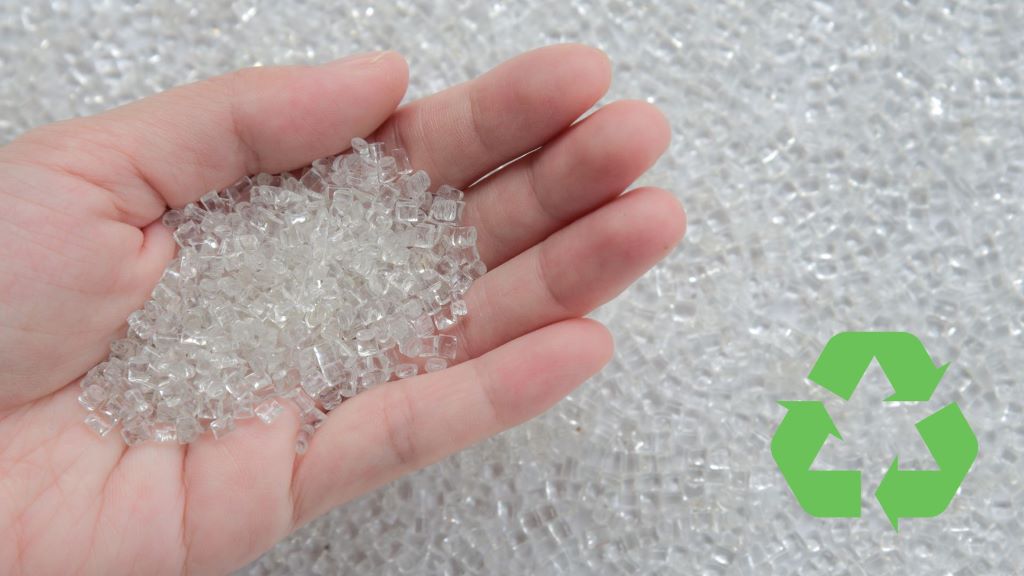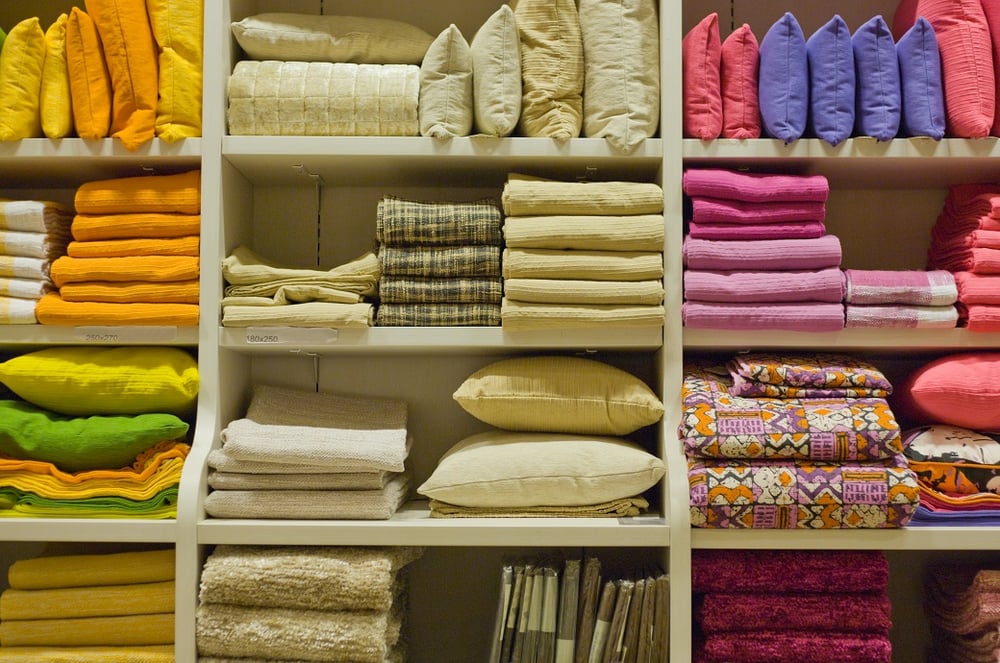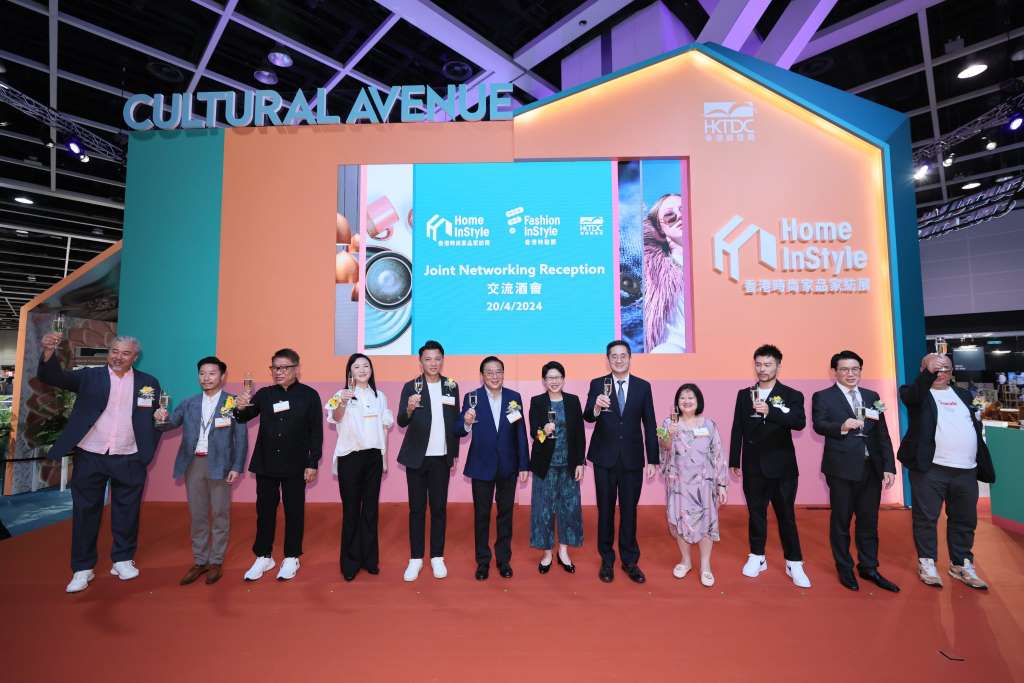As per a Euratex report, the EU smart textiles market is expected to reach € 1.5 billion in 2025 with key innovations in areas of smart high performance materials and products, digital manufacturing and supply chains and bio-based materials and processing. Digital evolution will play a big role in the industry’s further developments. In future, the IoT (Internet of Things) revolution will totally change how production machines operate while gathering data on all processes will cement big data in the decision-making at all levels. At the same time, the design within the fashion manufacturing and within the technical textiles sector moves to a completely digital process, allowing fast simulation of the created products to evaluate their effectiveness before they are actually produced.
According to a 2020 research, the European project ICT-TEX “ICT in textile and clothing higher education and business, most companies currently use automatic programs, even if the production stages are mainly managed by the personnel. Companies consider innovation as an important aspect and expect their employees to improve the production lines and to develop new kinds of products. On the other hand, they believe that these kinds of competences, together with those related to technological and ICT skills are the ones that the technical staff need to improve the most.
They also expect their employees to manage pieces of machinery exploiting the possibilities offered by their latest functionalities and covering all the functions based on software, representing nowadays machineries essential components. They also expect companies working in the smart textile sector to develop new smart products, including also those skills connected to sensors and ICT components development.
Finishing printing and functionalization specialized companies need to adopt innovative technologies. For this, they need to develop technical abilities and special knowledge mainly related to specific dyeing and printing processes, as for example rotary screen printing technology, raster printing, colorimetric, and so on. Around 66.7 per cent T&C companies used Cad systems while 38.1 per cent used Cam Systems. ERP is used by 31,7 per cent while PPC is used by 30,2 per cent.












